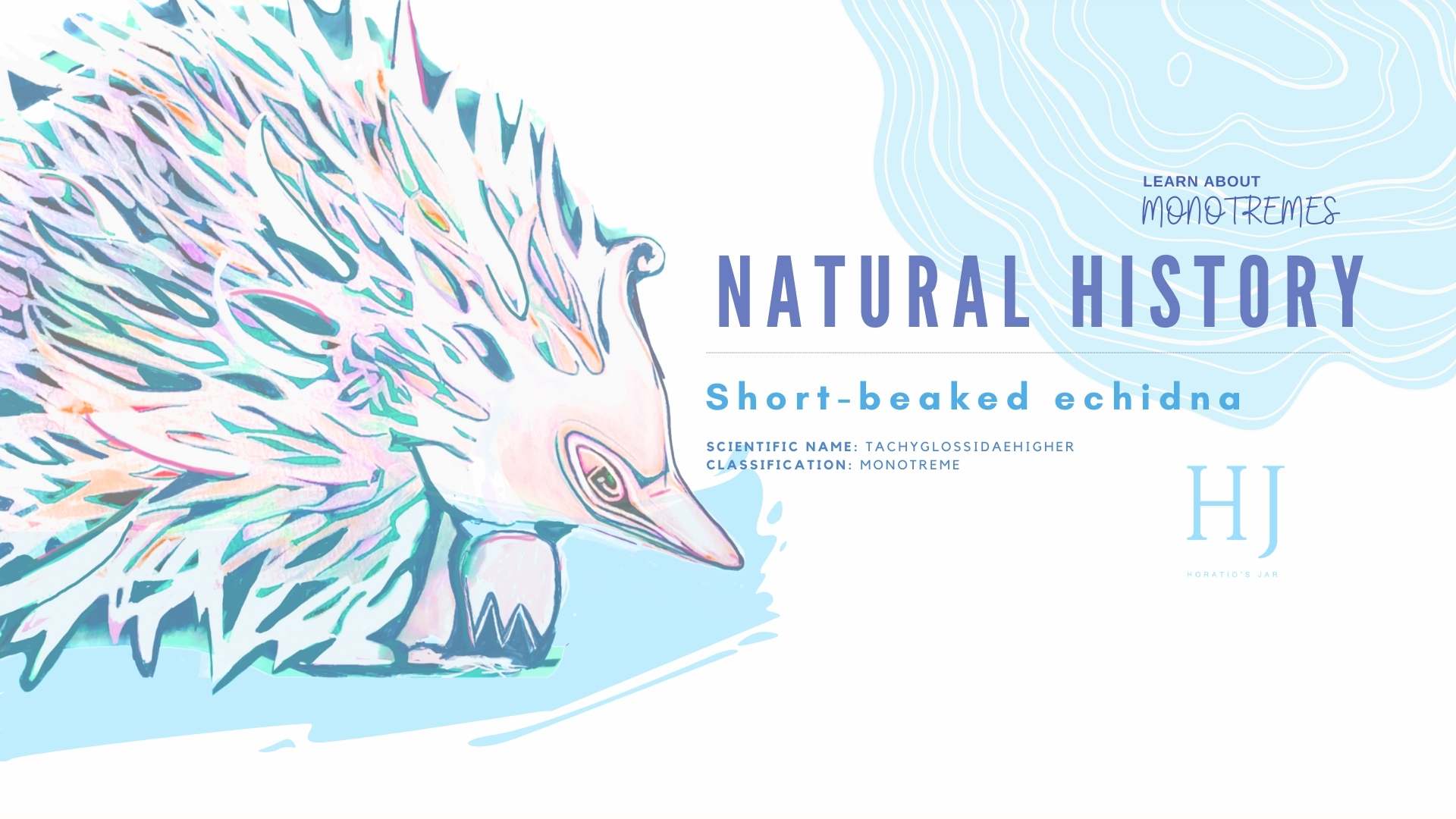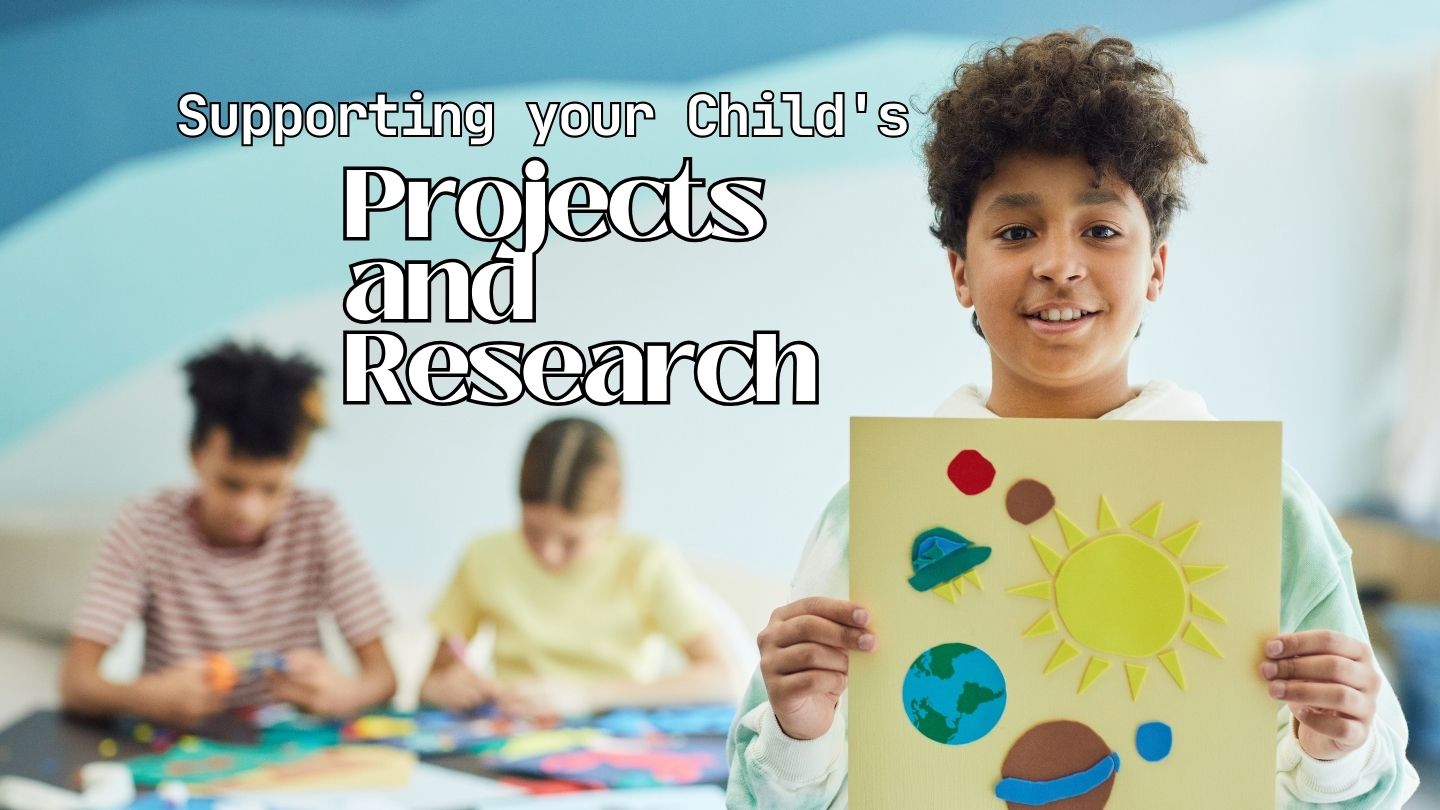Latest From Upschool
- Supporting your Child’s Projects and Research
- Age-Appropriate Expectations
- Why We Need to Rethink Challenging Behaviour
- Navigating the Dynamics of Sibling Relationships
- Creating a Culture of Learning at Home
- Creative and Easy DIY Projects for Parents and Children
- Tips for Working Parents
- Review Educational Apps, Games, and Other Tech Tools for Kids
-
-
No videos yet!
Click on "Watch later" to put videos here
- View all videos
-
-
-
Don't miss new videos
Sign in to see updates from your favourite channels
-

Natural History: The Short-beaked Echidna
At the end of a year spent isolated, a little emblem of hope has emerged. A symbol of conservation, community, natural wisdom and curiosity, the echidna is the final of the 5 environmental ambassadors for our Natural History project.
Introduction
We are blessed to live on a continent abundant with native animals and plant species. Creatures live here that are found nowhere else. The earth here, stained red with rich mineral ochres, our coastlines immersed in marine national parks and our country inhabited by the oldest living culture on earth. Australia is not just, ‘the land down under’, it’s a rich and wondrous treasure trove of rare and beautiful creatures, that are sadly going extinct and the reality of this is unnoticed. With our minds taken hold by the uncertainty of our personal health, global economy, and relative future in the wake of the 2020 COVID-19 global pandemic, the natural world and the present global environmental crisis, has taken a back step in the media. It’s my hope this project, with its final ambassador ignites curiosity and passion for the natural world we are living in. It’s been a tough year for human beings, but an even harsher one for all the other life forms who are subject to the realities of climate change, habitat loss and human behaviour. We watched 17 million hectares of forest in Australia burned to nothing during the 2019, 2020 wildfires, and with the forest went billions of wild animals and insects. Koala, almost totally extinct, and habitat is gone for any animal that might have survived. As a nation we are known to rally in tough times when it concerns the human family, but not so much for the rest of our people, and by that, I mean all other living beings. Now is the time to put our curious and creative minds together and figure out a way to make life better for all living things before we all become – natural history.Echidna's are sweet, sensitive, curious, and loveable. Shaped like a fuzzy spiked four legged ball, with a long thin leathery nose, and big clawed feet.
Soft and wonderful on the inside and very sharp and pointy on the outside. Living up to 50 years in captivity, the echidna is more than just a thorny curiosity. The echidna has an incredible memory, the ability to solve complex problems and they love to swim and play for fun, just like we do.So why this little guy?
Well, truthfully it was a dream I had rescuing animals from dehydration inside a large forest log that was the catalyst. The dream was an inspiration to start a very satisfying, and very invested illustration - that as I write this is still in process.I knew from past knowledge that the Echidna is special, not only because it is a monotreme, ( half reptile and half mammal ), and that it has survived for 15 million years on the planet relatively unchanged, but that it has a unique ability that it, its cousin the platypus and sharks possess; the ability to sense the electromagnetic field of all living things through its beak.
Echidna's, (also called a spiny ant-eater), live a really long time, some as long as 50 years in captivity. They are smart, curious, shy and slow moving, and often hide in a half dug hole with their spines sticking out in the daytime. Trust me, you wouldn't want to step on their spikes, ouch!.
Their spikes are what protect them from predators like wild dogs, eagles, domestic cats, foxes, and people. They aren't all spiny though, Echidna have fur in amongst those spines too, and the colder the climate, the more fluff they have. Underneath all that savage armour is a very soft and squishy little fellow, and they really are super cute and cuddly, well I wouldn't exactly cuddle one.
Echidna are natural conservationists, like a lot of other wild animals they contribute to the health and wellbeing of the planet. They behave in ways much like a mini dump-truck as they turn over the soil all day foraging for food and building homes. This helps to improve the soil quality and keeps the earth healthy. They also have amazing hearing, and are sensitive enough to pick up the vibrations of termites and ants working underground
Echidnas preferred diet are termites and ants but they will sometimes eat grubs and other insects too. They use their long sticky tongues to lap up their food, and have a beak to mash it with; they don't have any teeth or a stomach like we do, they digest their food inside a weird sac.
They lay eggs like reptiles, but feed their young milk like we do, have fur just like all other warm blooded mammals, except their body temperature is much lower than ours or any other warm-blooded, and they can thrive in the freezing temperatures of the Australian alps, and the intense heat of the Australian desert. Echidna are hardy, resilient and clever and for an animal so old in the evolutionary scale, incredibly well adapted .
The stories and dreamtime from our indigenous landowners characterise the echidna as a symbol of community, sustainability, conservation, and wisdom. To me they represent home, comfort, self-care, taking your time and doing things slowly, self-awareness, intuition and fun.
What to do if you see an echidna
-
If you ever see an echidna, please leave it alone
-
Never ever use a shovel to pick up an echidna, dig around it in the earth or move it.
-
If you find an echidna that is sick or injured call WIRES on +61 1300094737
-
If you have to pick up an echidna wear leather gloves or use a very thick blanket or towel.
-
Wild echidnas are not pets.
-
If you see someone harming animals of any sort call the RSPCA via their website, it's a crime to injure or abuse animals.
Links and Resources
Nat Geo WILD What gives birth to a puggle? Covered in spines, Australia's echidna is one of the rarest animals in the world: It's one of only two known mammals that lay eggs. ➡ Subscribe: http://bit.ly/NatGeoWILDSubscribePlatypus and Echidna
Echidnas and platypuses are unique, the only mammals in the world to share some traits with reptiles, such as laying eggs. Aaron Pedersen explains how they are highly-tuned to their environment.
https://iview.abc.net.au/show/australia-remastered-wild-
https://iview.abc.net.au/show/australia-remastered-wild-australians/series/0/video/DO1847H006S00
https://iview.abc.net.au/show/australia-remastered-wild-australians




